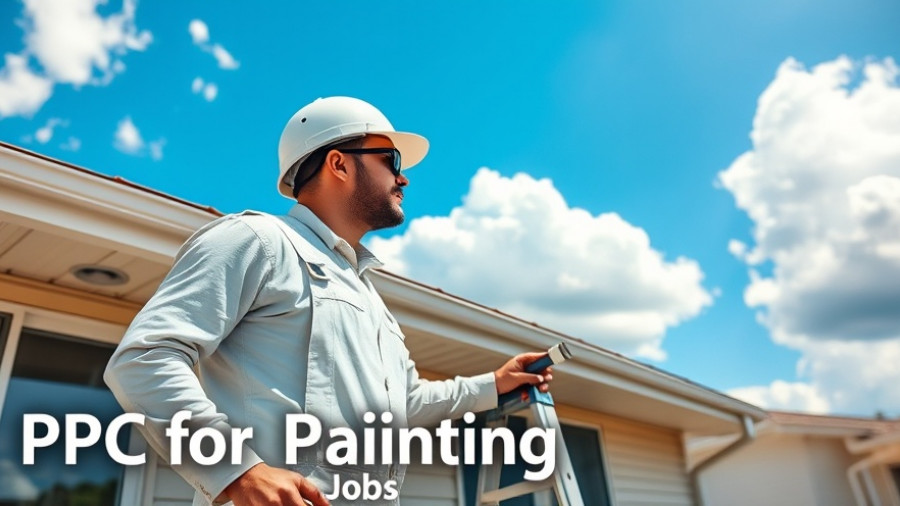
Understanding the Rise of Cost Per Click (CPC)
CPC has increased significantly in recent years, creating a pressing challenge for businesses that rely on pay-per-click advertising. With fierce competition in almost every industry, understanding what drives these costs is key to developing effective strategies. Rising CPC can be attributed to factors including increased competition, more complex bidding strategies, and a larger emphasis on targeting specific demographics. This creates a scenario where businesses must adopt smart strategies to maintain their visibility and ROI.
The Importance of Conversion Rate Optimization (CRO)
At its core, Conversion Rate Optimization (CRO) is about enhancing user experience and turning site visitors into customers. With rising CPCs, boosting your site’s conversion rate can effectively combat the high costs of paid advertising. CRO focuses on making small adjustments to your website that lead to significant results. Prioritizing user experience, simplifying navigation, and providing relevant content can increase your chances of converting visitors, thus improving your return on investment from each click.
Leveraging Data to Enhance CRO
Data analysis is an indispensable tool for improving conversion rates. Companies can gather insights from various analytics tools to track user behavior on their site. By understanding how users interact with your site, you can identify pain points and barriers that could be preventing conversions. Tools like Google Analytics allow for deep dives into metrics such as bounce rates, session duration, and page views, which can inform your CRO strategies.
Design and User Experience Matters
A user-friendly design can make a significant difference in conversion rates. Simple website designs that are easy to navigate increase the likelihood of users completing their desired actions. Ensure that your site is mobile-friendly, as a growing number of users access websites on their smartphones. Fast loading times and visually appealing layouts also contribute to a positive user experience.
Testing and Iteration: The Key to Success
Implementing A/B testing is crucial for understanding which website elements work best. By presenting users with two different versions of a page and measuring which leads to more conversions, you can continuously refine your approach. This iterative testing helps to ensure that your site is always optimized for the best user experience.
Future Trends in PPC and CRO
As the digital marketing landscape evolves, new trends will emerge within PPC and CRO. Businesses must stay alert to innovations such as AI-driven marketing techniques and personalized user experiences driven by deep learning. By keeping an eye on these trends, you can maintain a competitive edge and continue to optimize your strategies for better performance.
Final Thoughts on Combatting Rising CPCs
With rising CPC rates, the focus on conversion rate optimization has never been more critical. By optimizing your online presence, utilizing data effectively, ensuring a compelling user experience, regularly testing, and embracing future trends, you can stabilize your ad expenditure while maximizing sales. Understanding this integrated approach not only enhances your marketing capabilities but assures a stronger return on your advertising investments.
 Add Row
Add Row  Add
Add 




Write A Comment